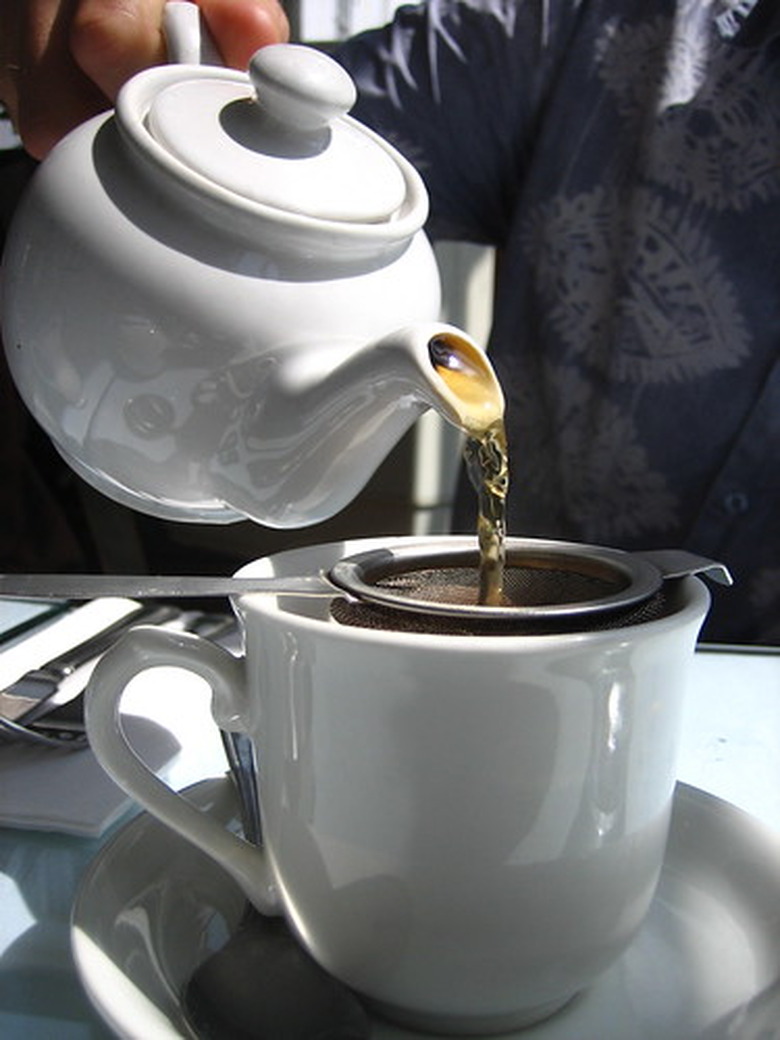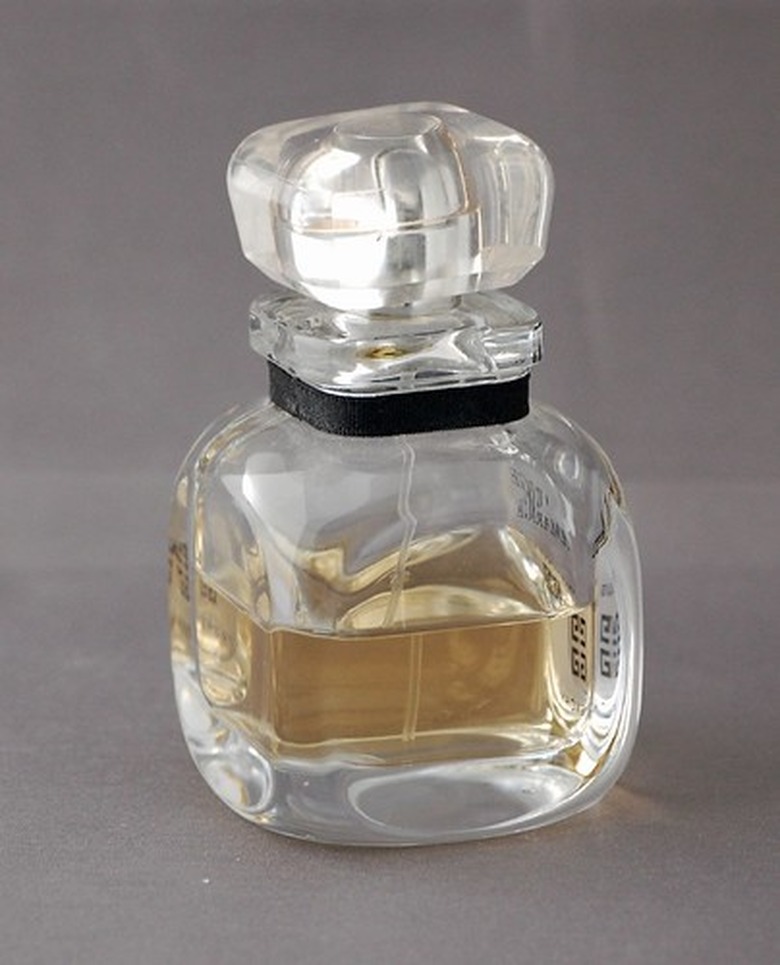Medicinal Value Of Rose Plants
The sheer beauty of roses can help us feel better when we are ill by improving our surroundings, but roses have some proven therapeutic benefits as well. Rose hips are well known for their high concentration of vitamin C, rose petals contain essential oil, and the leaves and flowers are powdered for use as a restorative and to promote general well-being. Using rose products for the pleasure they give is good anytime. You don't have to be ill to reap the benefits of roses.
History
Roses have been cultivated for thousands of years, with centuries-old records of medicinal use. In ancient Persia, roses were cultivated and used as remedies. In ancient Rome in A.D. 77, Pliny listed 32 health conditions that rose preparations would effectively treat. Roses were cultivated in China, where varieties that had repeated blooms all season were developed. When these Chinese repeat-bloomers were brought to Europe in the 19th century, European commercial rose production began in earnest (see Reference 1).
- The sheer beauty of roses can help us feel better when we are ill by improving our surroundings, but roses have some proven therapeutic benefits as well.
- Rose hips are well known for their high concentration of vitamin C, rose petals contain essential oil, and the leaves and flowers are powdered for use as a restorative and to promote general well-being.
Parts of Plant Used
Various parts of the rose plant are used for medicinal purposes. The petals contain the valuable rose oil. Approximately 60,000 large damask roses are used to make 1 oz. of pure rose oil. Rose hips and rose leaves are other parts with medicinal uses (see Reference 1).
Rose Tea
Medicinal tea can be made from rose hips, petals, leaves, or combinations. Petals and leaves brewed as a tea can bring down a fever. Petal and leaf tea has a cleansing effect, working as a diuretic to flush toxins from the body. Drinking rose petal tea can help alleviate skin rashes. The flavonoids in rose petal tea can boost the immune system's natural ability to fight colds and flu. Rose teas can relieve bronchial and chest congestion, provide relief from a sore throat, and can help with a runny nose (see Reference 2).
- Various parts of the rose plant are used for medicinal purposes.
- The flavonoids in rose petal tea can boost the immune system's natural ability to fight colds and flu.
A 19th century recipe for herbal rose tea is to boil 4 cups of water and steep 5 tsp. of rose petals in it for 5 to 10 minutes. Add honey as a sweetener, and drink while still warm (see Reference 2).
Rose Oil
Rosewater is made from pure rose oil and water, and is used for skin treatments to smooth and moisturize the skin, and to relieve skin irritations. Rosewater has antiseptic properties and is sometimes used as an eye wash to treat eye irritation. Use rosewater as an after-bath skin refresher. Try rosewater in an aromatherapy ring, which is a brass ring that sits on an incandescent light bulb and uses the bulb's heat to disperse the scent throughout the room. In aromatherapy, rose oil is often used to treat anxiety and depression (see Reference 1 and Resource 1).
- A 19th century recipe for herbal rose tea is to boil 4 cups of water and steep 5 tsp.
- Rosewater is made from pure rose oil and water, and is used for skin treatments to smooth and moisturize the skin, and to relieve skin irritations.
For dermatological use, pure rose oil should be blended with a light carrier oil such as almond or sesame. The recommended ratio is 8 drops of rose oil per 10ml of carrier. Apply it directly to the skin in small doses. In contrast, use as much rosewater on your skin as you like. It has a much milder concentration of pure rose oil.
Rose Hips
Rose hips are the "fruit" of the rose. The hip develops at the base of a pollinated flower and contains the seeds. Rose hips usually remain green and hard until the first frost, when they turn red or orange and soften a little. Harvest rose hips soon after the first frost. The nutrient content is highest at this time.
- For dermatological use, pure rose oil should be blended with a light carrier oil such as almond or sesame.
Rose hips make delicious tea with a naturally sweet, citrusy flavor. Hips are used in cooking, where they add flavor as well as nutrition. Besides the high vitamin C content, rose hips contain vitamins A, B3, D, and E. Hips are a source of bioflavonoids, flavonoids, fructose, citric acid, and zinc (see Resource 1).
The bioflavonoids in rose hips have been shown to provide pain relief for people who have osteoarthritis. Studies in Denmark indicated a decrease in patients' need for other anti-inflammatory drugs when they took powdered rose hips over a three- to four-month period.
When taken in normal amounts, there are no side effects from rose hips (see Reference 1).





